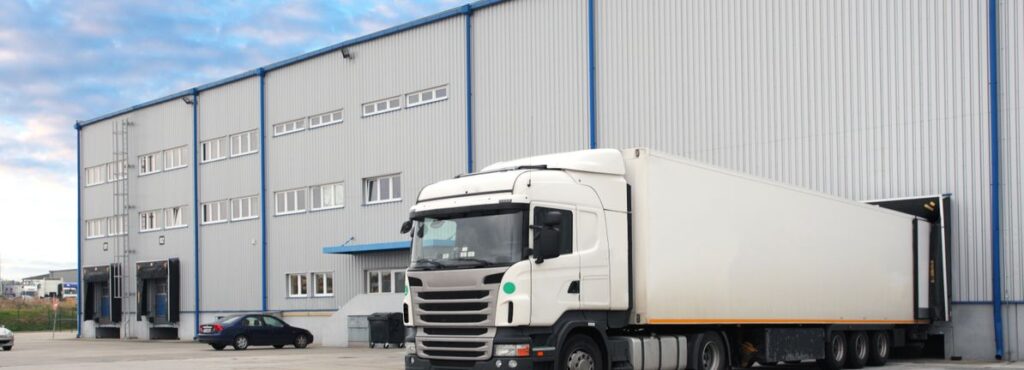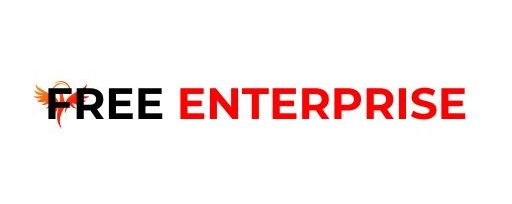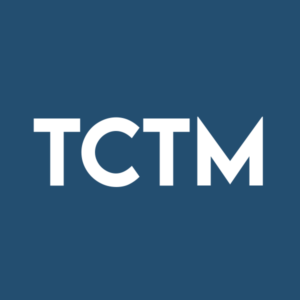
<!-- HTML_TAG_START -->NasdaqGS:CHEF Return on Equity December 30th 2024<!-- HTML_TAG_END -->
While some investors are already well versed in financial metrics (hat tip), this article is for those who would like to learn about Return On Equity (ROE) and why it is important. By way of learning-by-doing, we’ll look at ROE to gain a better understanding of The Chefs’ Warehouse, Inc. (NASDAQ:CHEF).
Return on equity or ROE is an important factor to be considered by a shareholder because it tells them how effectively their capital is being reinvested. Simply put, it is used to assess the profitability of a company in relation to its equity capital.
Check out our latest analysis for Chefs’ Warehouse
ROE can be calculated by using the formula:
Return on Equity = Net Profit (from continuing operations) ÷ Shareholders’ Equity
So, based on the above formula, the ROE for Chefs’ Warehouse is:
9.9% = US$48m ÷ US$480m (Based on the trailing twelve months to September 2024).
The ‘return’ is the profit over the last twelve months. So, this means that for every $1 of its shareholder’s investments, the company generates a profit of $0.10.
Arguably the easiest way to assess company’s ROE is to compare it with the average in its industry. However, this method is only useful as a rough check, because companies do differ quite a bit within the same industry classification. If you look at the image below, you can see Chefs’ Warehouse has a lower ROE than the average (15%) in the Consumer Retailing industry classification.
Unfortunately, that’s sub-optimal. Although, we think that a lower ROE could still mean that a company has the opportunity to better its returns with the use of leverage, provided its existing debt levels are low. A company with high debt levels and low ROE is a combination we like to avoid given the risk involved. To know the 2 risks we have identified for Chefs’ Warehouse visit our risks dashboard for free.
Most companies need money — from somewhere — to grow their profits. The cash for investment can come from prior year profits (retained earnings), issuing new shares, or borrowing. In the first two cases, the ROE will capture this use of capital to grow. In the latter case, the use of debt will improve the returns, but will not change the equity. In this manner the use of debt will boost ROE, even though the core economics of the business stay the same.
Chefs’ Warehouse clearly uses a high amount of debt to boost returns, as it has a debt to equity ratio of 1.42. The combination of a rather low ROE and significant use of debt is not particularly appealing. Debt increases risk and reduces options for the company in the future, so you generally want to see some good returns from using it.




